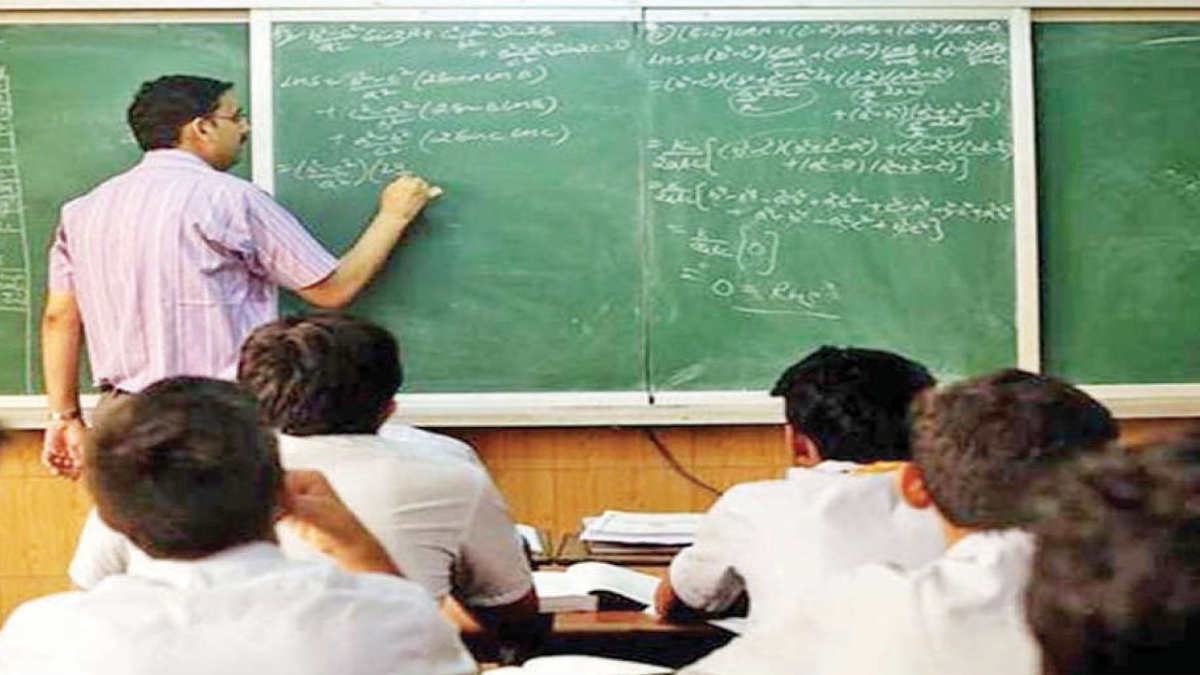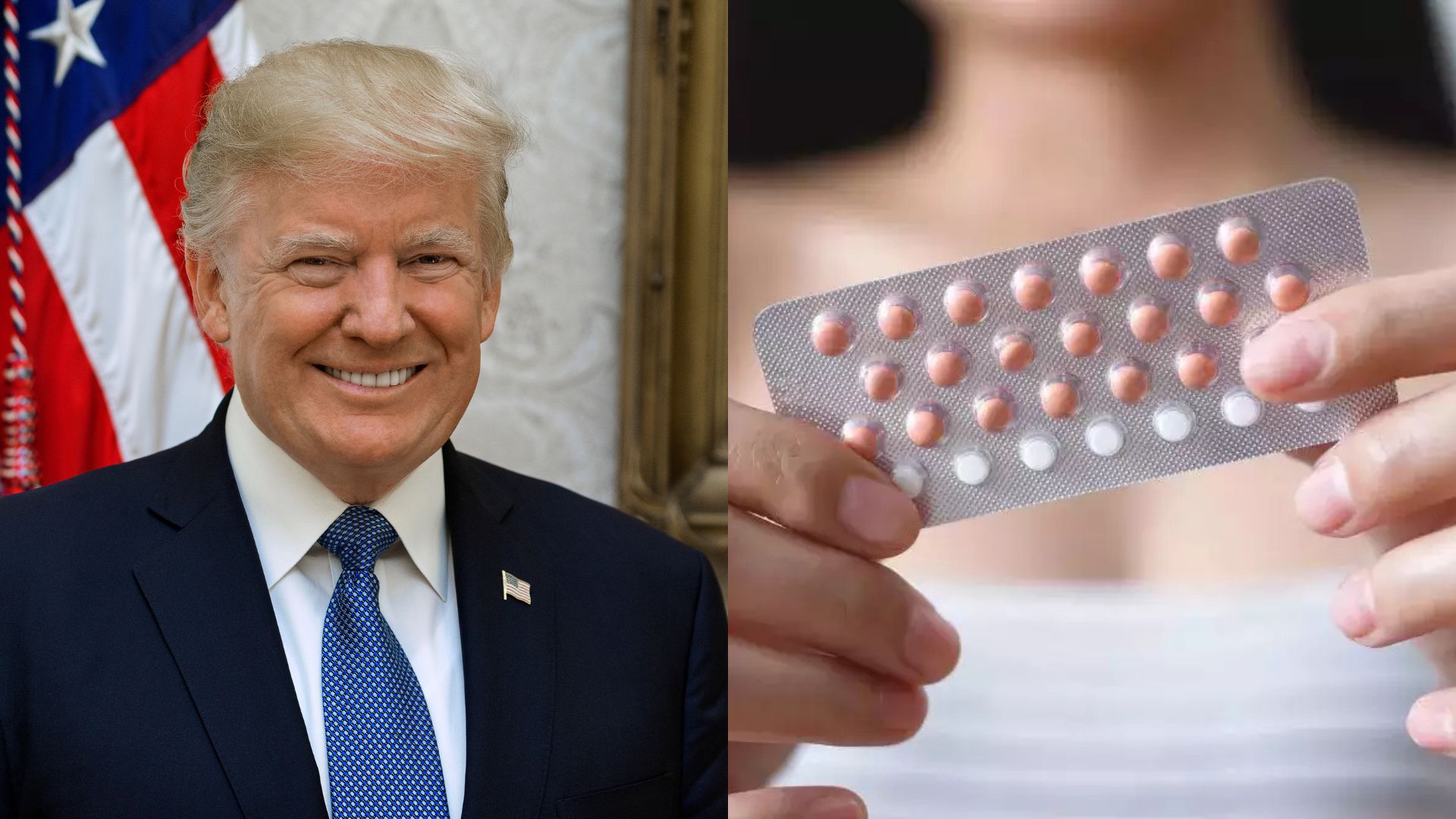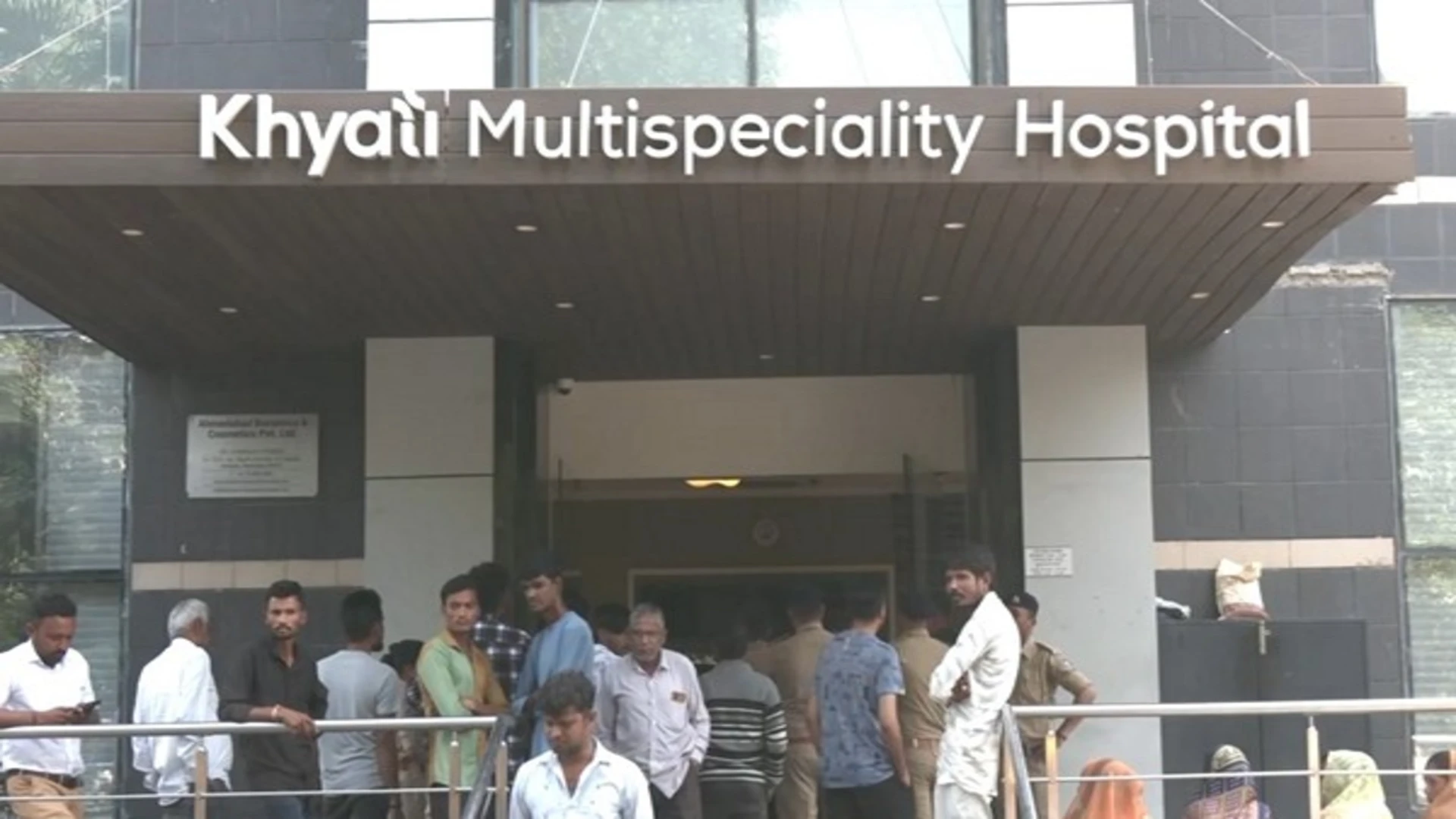
In the traditional Indian cultures, the teacher had been eulogised as ‘Guru Ideal’, which meant a person who was enlightened enough to enlighten the minds of others by sharing his knowledge, wisdom, and art of searching the truth. The guru ideal was not merely seen as the master of the subject but also as a guiding spirit, a bearer of the traditions and ideals of the society, an innovator, and a nation builder. Guru ideal was supposed to be a pathbreaker— showing light to others in every sphere of human endeavour. In some of our writings, the guru ideal has been positioned a step higher than God himself. Such narratives can also be traced to other cultures as well. Eminent philosophers like Plato, Aristotle, Confucius and Socrates also put the teacher at the top of the pedestal. Indeed, the guru ideal was considered a person of incomparable brilliance.
It is worth mentioning that teaching was not recognised as a profession like theology, medicine, and law in olden times. Even when some more areas like engineering, architecture, dentistry, nursing, journalism were recognised as professions, teaching was still considered on the far side of the profession. The main lines of argument were that teaching does not have a monopoly of essential knowledge like lawyers, doctors, and engineers nor teachers undergo a lengthy period of education and internship, nor they have professional autonomy of self-supervision and governance like other professions. Since many things have changed over the years in teaching, the initial impression about it has also changed. Teaching has now been highly regarded as a profession in every document brought out during the post-Independence period. So much so that the National Policy on Education,1986 mentioned that “no people can rise above the level of its teachers”.
In earlier times, the guru ideal was considered to be the sole repository of knowledge. It implied that knowledge would always flow from a better known, the guru ideal, to a lesser-known, the student. But in modern times, it is difficult to visualise this concept because knowledge now exists in numerous forms and at multiple places. Therefore, the title of guru ideal is not at all applicable to a modern-day teacher. Amid changing circumstances, the modern-day teacher at best can be called a professional teacher like any other professional who not only has a deep knowledge and understanding of the subject but also continuously endeavor to keep abreast with the latest and the best.
The question of prime importance is what truly constitutes a professional teacher? Is the professional teacher one who possesses requisite qualifications and experience, or the one who is competent enough to produce intended learning amongst all the learners, or the one who can set the highest standards of teaching and learning, or the one who can prepare students well for an unknown future or the one who is ever ready to learn new and more modern ways of doing the job, or the one who takes personal initiatives to upgrade skills and continues professional development throughout the career, or the one who possesses all the qualities of an ideal teacher? This highlights the significance of continuous faculty development programmes in teaching and learning.
Time and again, concerns have been expressed to identify a significant proportion of talented men and women for the teaching profession and help them become real professionals. It is possible only when they are made to participate in a series of well-structured and rigorous faculty development programs. In such programmes, they may be guided by a specific set of values with deep and lasting commitments to professional ethics which, among others, should include the three most significant aspects of teaching and learning. Of them, one relates to having profound knowledge and understanding of the subject, another is the capacity to provide differential treatment to individual learners keeping in view their uniqueness and styles of learning and thinking and the third one relates to having a good deal of appreciation for basic realities of teaching.
A professional teacher has to be realistic enough to know about the basic realities of teaching to ward off unnecessary threats and remain focused on her mission. Of them, the first and foremost reality is about the outcomes of teaching. One needs to understand that even in the best of circumstances the outcomes of teaching can neither be predicted nor maintained at a constant level. Another concerning issue is about the certification of knowledge. Thus far the system has not been able to evolve tools that can certify what students have learnt as a result of being taught. Yet another limitation is the ability of the professional teacher to influence students’ overall conduct.
There are different kinds of learners. Each learner has his or her own style of learning as well as liking and disliking. Every professional teacher must know that some common sense learners believe more in hands-on experience and dislike memorisation and writing assignments as against innovative learners who enjoy group work and group grading and do not like mundane tasks and activities. There are others like dynamic learners who relish the interdisciplinary approach and open-ended questions as against analytic learners who are more fascinated in drawing inferences from facts and figures rather than looking forward for role playing and group grading. Teachers would require utmost caution and real professionalism whilst dealing with these different kinds of learners, and more so when they are going to be part of the same class. On-the-job training is not adequate enough to deal with this sort of situation.
It requires constant updating of knowledge and skills through continuous faculty development programs as it is a career-long obligation for professional teachers. Teachers have unprecedented opportunities to enhance their professional standing by way of participating in continuous faculty development programmes and faculty workshops. Those who do not maximise such opportunities raise serious questions for learners and remain behind in the fast-changing world. And, those who take the fullest advantage of such opportunities not only make an edge over their counterparts but also enhance their relevance and credibility in their workplace. It highlights the sheer centrality of continuous faculty development as a priority concern.
Continuous faculty development is a very important success factor in educational effectiveness. It becomes all the more necessary for a multicultural, multilinguistic, multiethnic, and as gigantic a system as ours. There are about 11.7 million teachers in India. Of them, 8.1 million are in the elementary sector, 2.1 million in the secondary sector, and 1.5 million in the post-secondary sector. They have the responsibility of nurturing about 200 million children in elementary schools, 65 million in secondary schools, and 37 million in post-secondary institutions. These numbers will keep rising from year to year on account of a large number of children still staying outside the four walls of educational institutions.
Although all the Commissions, Policies, and Committees have unequivocally underlined the necessity of faculty development programs in improving teaching and learning, the net outcomes of various initiatives undertaken thus far remain far from satisfactory. Under the recommendations of the NPE, 1986, the UGC set up as many as 48 Academic Staff Colleges (ASCs) in 1987-88 to organise orientation and refresher programmes for the members of the faculty. These programmes were strategically linked with career development so that more and more teachers can get the double benefit. Owing to increased demands, the number of ASCs was increased to 66. But after about two decades when the functioning of the ASCs was reviewed by a committee of experts, the results were quite shocking, as only 17 of them were found to have a satisfactory level of performance.
The ASCs were renamed as Human Resource Development Centres (HRDCs) in 2015 with the hope that they would relinquish their archaic model and develop a contemporary roadmap that would go far beyond the confines of career advancement and empower the faculty in its truest sense. Despite sincere efforts from the top, it did not make much of a difference in terms of both quality and coverage due to the ineptness of the entrenched bureaucracy. The programs that they offer in the form of Faculty Induction Programmes (FIPs) and the Faculty Development Programmes (FDPs) continued to be out-of-step with basic realities of present-day requirements. The crux of the problem lies in the lack of expert knowledge and permanency of occupation at HRDCs which are at variance with the very original concept of the scheme. They need a complete revamp of their academic programmes.
Considering the massive demand for complementary training of 1.5 million university teachers, the MHRD launched Pandit Madan Mohan Malviya National Mission on Teachers and Teaching (PMMMNMTT) scheme in 2015 with a sense of renewed vigour to cover all the teachers in a time-bound manner. Special provisions were made under the scheme through many newly created facilities like 25 Teaching Learning Centres, 20 Faculty Development Centers, 30 schools of Education, 5 Centers of Excellence in Science and Mathematics Education, 1 National Resource Center for Education, and 2 Inter-University Center for Teacher Education. The plan was further augmented by the addition of an online professional development programme in 2018 known as Annual Refresher Programme in Teaching (ARPIT). It was a unique initiative wherein 75 discipline-specific National Resource Centres (NRCs) were authorised to organise online professional development programmes as MOOCs on the SWAYAM Platform.
These schemes were received with great enthusiasm. But some of the centers fell short of quality requirements due to a lack of experience among existing staff as well as outside experts in the proper use of ICT tools and their integration. They were those which somehow could not get out of the conventional mode of faculty development. It is understood that in such centres the video lectures were delivered without caring for the integration of appropriate ICT tools and pedagogies commensurate with subject-specific requirements. But, some centers have made praiseworthy efforts in terms of both quality and coverage like GAD-TLC of Khalsa college from the University of Delhi and CESME from the Indian Institute of Science, Bangalore. Such centers performed with great success in online as well as offline modes. It signifies that the scheme has the potential and might even work better provided it is implemented with the help of tech-savvy teams of subject experts backed by more favourable circumstances.
It is clear that continuous faculty development, which is of paramount significance in improving the quality of teaching and learning, leaves a great deal to be desired. But it is important to learn and gain just as much from the failure as from success stories. The time has come when universities should use a bottom-up approach in tackling issues of faculty development, for every member of the faculty, which is more intuitive, relevant, needs-led, easy to implement, and less error-prone than the top-down approach. Besides, the focus of professional development programs should be more on curriculum development, subject-specific benchmarking of learning outcomes, pedagogical processes, interdisciplinary research, social engagement, and integration of values in a structured and systematic manner without which it would not be possible to improve the quality of teaching and learning.
In a system as gigantic as ours, there is a need to strengthen both the PMMMNMTT and the HRDCs equally well, with the provision for a periodic review. These exemplary schemes should not be allowed to cease or languish for want of resources. The government should do everything possible to support them rather than slashing their budgets or asking the centres to become self-sustaining. It would be naïve to presume such schemes to become self-sustaining and self-supporting as it has never happened in other public service training academies.
The writer is former Chairman, UGC. The views expressed are personal.















